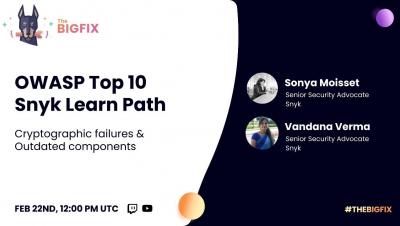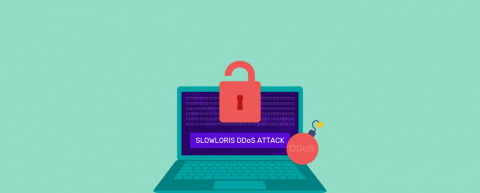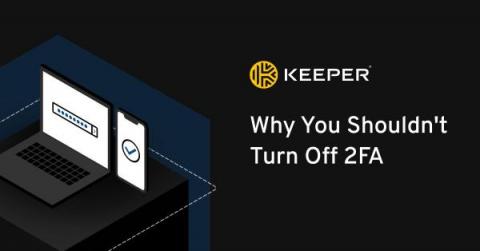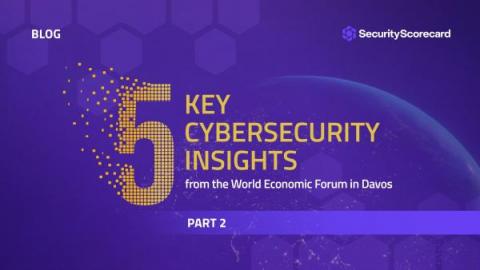What Is MAS TRM?
All financial institutions operating in Singapore are required to comply with the MAS TRM guidelines in order to operate legally. In order to ensure the safety of their operations, customers, as well as the wider financial system, financial institutions are required to conduct regular risk assessments and implement appropriate risk management measures.











